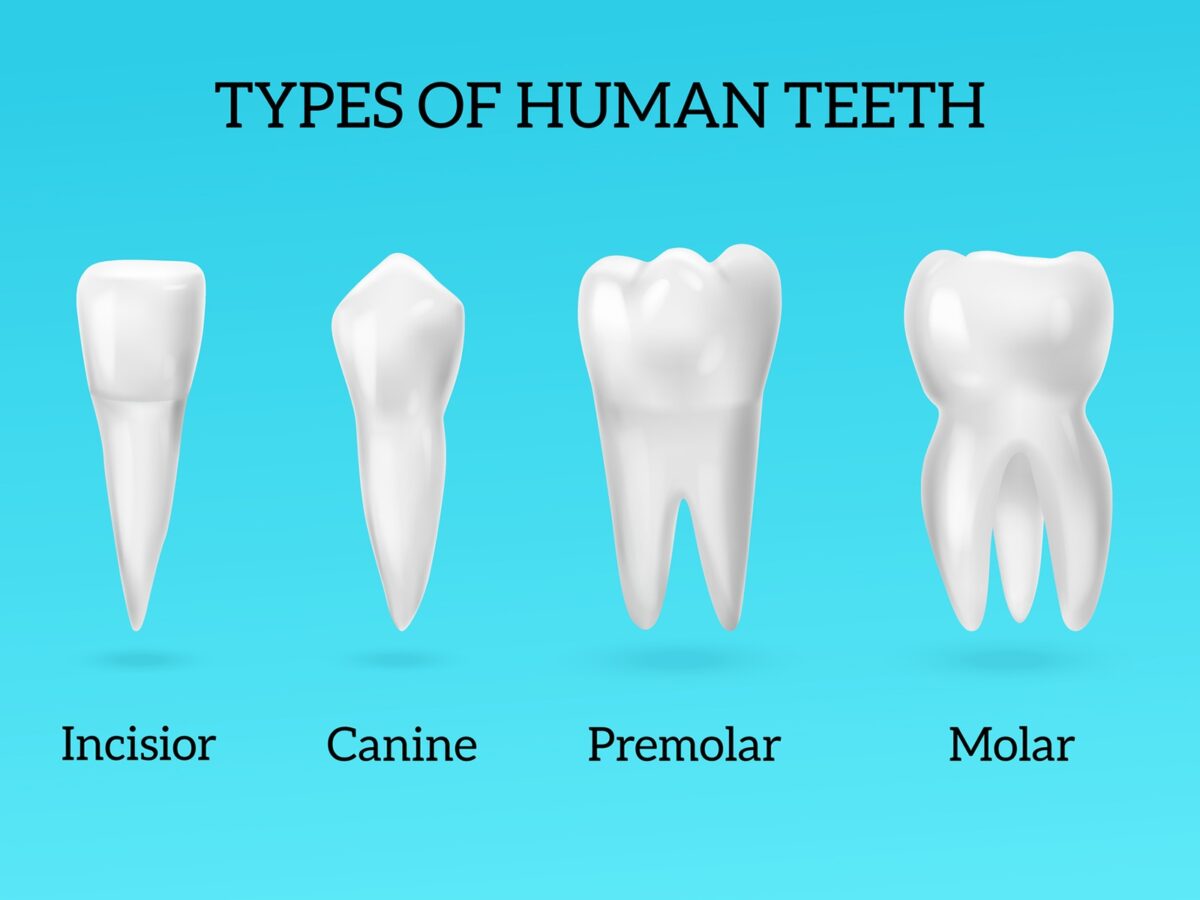Blog
Dental hygiene tips for healthy teeth & gums

Teeth Names: Shape and Function of Four Types of Teeth
We all know that teeth are an integral part of human anatomy. They are the strongest parts of the human body and are composed of proteins and minerals like collagen and calcium. The purpose of teeth is to chew foods and facilitate better consumption. In addition, the teeth coupled with the tongue also assist us to speak more fluently. Another interesting facet of human teeth is that they are of four varied types – each having a typical appearance and job. The shape and morphology of the different teeth types depend on their function. The main reason why humans have four different kinds of teeth is that as a species, humans are omnivorous and hence require different types of teeth to handle both plant-based items and meat. Now that we have talked about the fundamentals of human teeth, let us examine its four types, their shape, and function.
Types of Human Teeth
To begin with, human adults have 32 teeth which are known as permanent teeth or secondary teeth. On the contrary, children merely have 20 teeth which we term as milk teeth or primary teeth. It is essential to mention that the first milk teeth of babies erupt when they are between the age of 6 to 12 months. Likewise, adult humans have all their permanent teeth in place by the age of 21.
- Incisors: Alternately known as ‘Cutting Teeth,’ incisors are located at the center of the dental arch – the front part of the mouth. There exist four incisors in the upper human jaw and four on the lower. The shape of incisors is like small chisels. They are flat and broad and have a shovel-like structure. The primary function of incisors is to aid the mastication process – eating and biting food into chewable pieces and moving them inwards.
- Canines: Also called Cuspids, canines are located next to the incisors, with two on the top of the mouth and two on the bottom. The primordial function of canines is to rip and tear tough foods like meat.
- Premolars: They are also called Bicuspids and are found adjacent to the canines, towards the back of the mouth. Humans have eight premolars, two on either side of the mouth and in the upper and lower jaw, respectively. The primary function of premolars is the crushing of foods before they are transferred to the molars for the final grinding. The morphology of premolars is an amalgamation of canines and molars.
- Molars: Humans have 12 molars which are the biggest and the strongest among all the teeth types. We can find them at the back of the dental arch. The massive surface area of molars facilitates the grinding up of food. The molars break the food into small pieces. Making it small enough to swallow. Furthermore, the molars also comprise four wisdom teeth, which are the last set of teeth to erupt in human adults. Wisdom teeth usually come in place between the ages of 17 to 21. At times, some people do not have enough space in their mouths to erupt wisdom teeth. In such a context, they are stuck inside the gums and removed through professional intervention.
All four types of teeth are meticulously designed to make the mastication process seamless and help us live healthier and better lives. Indeed, the human dental system is a marvel in its own way.
Schedule your appointment with a dentist today and get the treatment on time!


